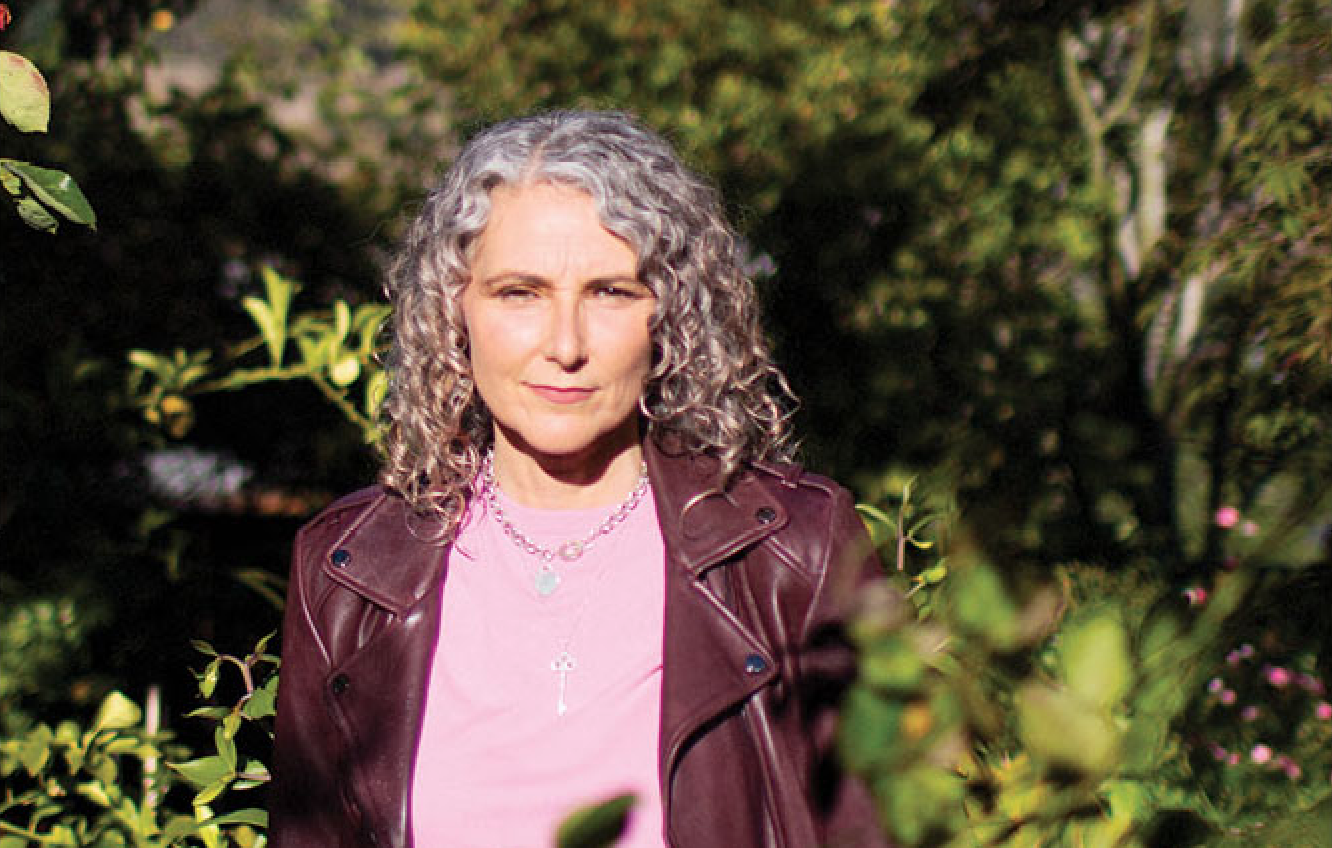
Sex education is an important part of youth development, and can determine many factors in the life of an adult when it comes to health, sex, and decisions surrounding both. But sadly, there are still far too many influential powers that prevent comprehensive, medically-accurate, fact-based sex education from being the norm, including in the United States where over $1 billion of state and federal funds have been poured into abstinence-only school programs since the early 1980’s.
Yet statistics show that states which continue to put money into these programs which are based in social conservative values, rather than medicine and science, boast higher rates of teen pregnancies and STDs. Clearly something is not working. In 2016, then-president Obama cut all federal funds for his 2017 budget from abstinence-only programs, given that there is no evidence they actually work.
America is not the only country that has problems with its sex education, due to cultural and social barriers. New data shows how youth in Kenya are being failed by the system with the lack of information and tools required to keep them safe and health. But they are looking at strategies that can better address this issue and improve the futures of young girls and boys.

The African Population and Health Research Center together with the Guttmacher Institute conducted a study in 78 secondary schools (nearly 2,500 Kenyan students) in three counties – Nairobi, Mombasa and Homa Bay. They found some startling figures, most notably that nearly 1 in 4 students think using condoms during sex is a sign of mistrust, and more than half the male students surveyed think when a girl says “no” she really means yes. A lot to unpack there, but there is a lot more in the study regarding attitudes and perceptions around sex.
“These inherent contradictions in the responses…demonstrate that there is a decided lack of understanding and awareness about sexuality, sexual and reproductive rights, consent and how to best protect oneself against sexually transmitted infection or unplanned pregnancy. We have a responsibility to the young people of Kenya to provide them with the best possible information about sexuality and sexual behavior so they can make smart, empowered choices,” said Dr. Estelle Sidze of APHRC, the lead author of the report.
The foundation to any good sex education curriculum must start with well-equipped teachers. For a long time abstinence-only has been promoted as the best method of avoiding pregnancy, but similar to results in the US, in Kenya it is ineffective in improving adolescents’ sexual and reproductive health.

A quarter of students aged 15-17 have already been sexually active, and only 2% of the students surveyed believe they are getting the full range of information about sexual health from their teachers. This is a huge problem.
In 2015, the Kenyan government started looking at sex education in a more serious way as a method of reducing its high rate of teen pregnancies. They launched the National Adolescent Sexual and Reproductive Health Policy after recognizing how informed sex education can impact a child’s (especially young woman’s) economic future, and health. They cited a study from 2014 which showed 18% of young women aged 15-19 years have given birth or are pregnant with their first child.
By involving government leaders, non-profits, teachers, and parents, the conclusion was that it must be a multi-faceted approach in order to reduce HIV among adolescents and a shocking number of underground abortions. While the desire to improve the situation was declared, there is still a long way to go for Kenya. Breaking down cultural (and in many cases, religious) barriers will take time, but empowering teachers is an important first step.
“Prioritizing teacher training is essential to implement effective and comprehensive sexuality education programs. We found that many teachers would like more information and training, particularly on violence prevention and contraceptive use, as well as on teaching methods,” said Melissa Stillman, research associate at the Guttmacher Institute and a coauthor of the study.

A couple of key points extrapolated from the report for clarity:
- “Some messages conveyed to students were reportedly fear-inducing and judgmental or focused on abstinence, emphasizing that sex is dangerous and immoral for young people.”
- “A number of barriers to effective implementation of sexuality education in schools were identified by key informants: opposition from religious and conservative groups [and] cultural silence regarding sexuality.”
It is time we recognized the harmful implications of placing emphasis on morality and shaming around sexuality teachings, as the results are quite clear it is having the opposite effect.
A press release from the Guttmacher Institute on the report had this recommendation:
As part of curriculum reform efforts, care should be taken to incorporate age-appropriate, accurate and nonjudgmental sexuality education into the life skills curriculum—including how to practice safe sex and prevent unintended pregnancy. Steps must also be taken to demystify adolescent sexuality, and to sensitize communities, teachers and principals to ensure that adolescents are supported in learning and implementing sexual and reproductive health–related skills.

Other notable aspects of the report show how HIV disproportionately affects young women, women experienced sexual violence at more than double the rate of men (which includes abuse during pregnancy and female genital mutilation), and because of the lack of prevention-stage sex education and resources, there is evidence that adolescents are particularly vulnerable to severe complications from clandestine unsafe abortions.
“10–19-year-olds accounted for 17% of all women who sought post-abortion care in public facilities, and 74% of the moderate or severe complication cases were among this group, partly because of their use of less-skilled providers,” it said.
If governments, organizations, parents, and schools are serious about wanting to keep youth healthy, it must start with comprehensive sex education that is grounded in medically-accurate information. The report, which you can read in full by clicking here, concludes that the Kenyan government recognizing the inherent problem with abstinence-only teaching, and being open to reforming the curriculum in order to curb high rates of health-related social problems, is a very good start. But it will take consistent effort from all involved to ensure the efforts go from paper to actual policy.
There is much we can learn from the Kenyan approach and focus on sex education. When youth are informed about health, sexuality, and their bodies in a shame-free environment, the long-lasting results are not only beneficial to their own lives, but to their families, communities, and the economy.


















One thought on “Kenya Looking To Overhaul Its Sex Education Curriculum Away From Abstinence-Only Teachings”